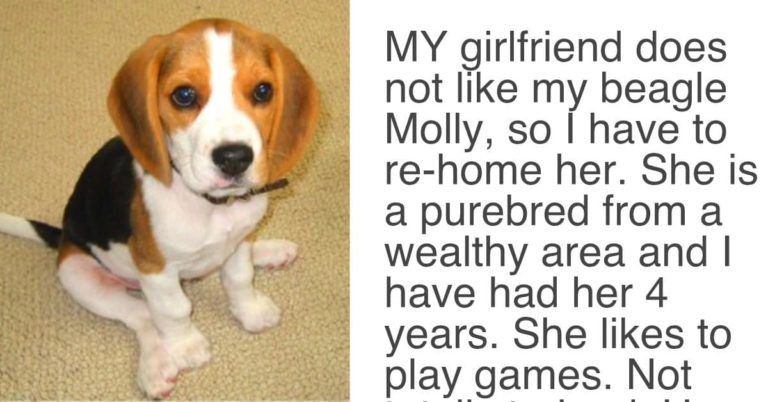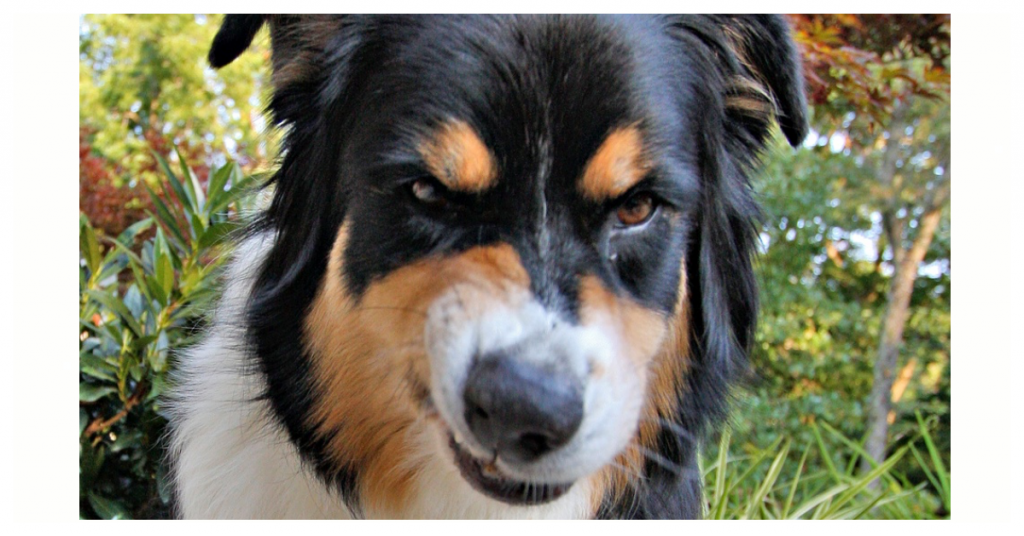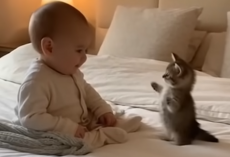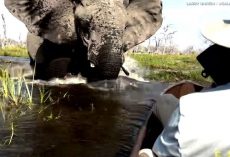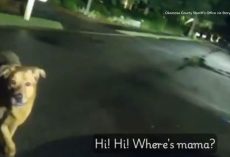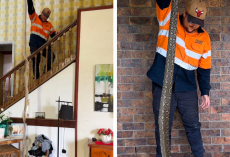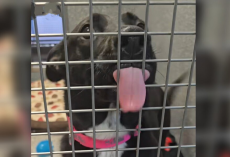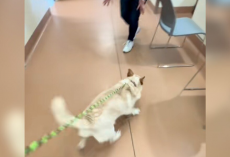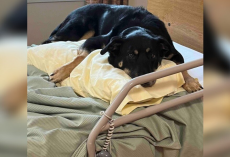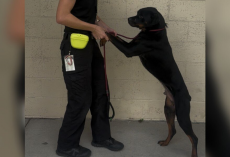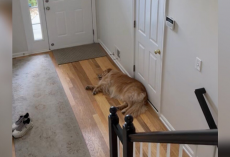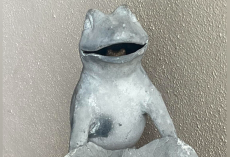The Loss Of A Pet Is A Big Deal And More People Need To Realize That
Oftentimes, when someone loses a pet, they’ll receive messages of condolences and lots of sympathy– but sadly, not all people understand the gravity of this loss. Some people may say (yes, out loud) that it’s ‘not like you lost an actual family member.’ That this death is in no way comparable to the loss of a human that you love. But for the person that is grieving, those sentiments feel like daggers to the heart.
The simple truth is: Losing a pet is a HUGE deal.
Many families consider their pet to be just as much a part of the family as any human member. Their dog or cat (or other beloved creature) is there for them during times of need. What better way to cure a bad day than to get a slobbery kiss from your dog? Or to hear that comforting purr while your kitty lays beside you?
Pet ownership isn’t about ownership at all. It’s a mutual relationship that has the deepest emotions at the core of its foundation.
But not all people feel this way. Some people may not have pets of their own or they have pets but their relationship with them is different. That is why it’s important to put this out there, and share this article, so others can try to understand what it is like to lose someone you love so deeply.
If someone you know is grieving the loss of their beloved pet, here are some things to consider to help them through the painful process:
Be Gentle With Your Words
Words can hurt. Even though we’re taught at an early age that words do not cause us physical harm, that assumption is totally untrue. What we say matters. If a friend or a loved one has lost a pet, be mindful of what you say to them.
Telling a grieving human that they should just ‘get over it,’ is the worst thing you can say. Would anyone want to be told to get over it if they lost a human family member?
Accept And Respect Their Bond
Many families with pets include their fur-kids in their daily activities. Pet owners will often eat dinner while their dog is chowing down on his meal. Plenty of pet owners walk their dogs multiple times a day. Some may even take them hiking, to the dog park, or for boat rides. Doing things with a pet at one’s side can make the day complete. When these pets are suddenly absent, those days are never the same.
When routines change, there is an actual void left in one’s life. Be mindful of that. See if you can go for walks with your grieving friend or loved one. Offer to keep them company on rough days. Be there for them because they surely need it.
Posted by Pet Loss Support Group on Sunday, April 3, 2016
In many cases, people assume that it’s helpful to urge the grieving party to just go out and adopt a new pet. THIS IS A TERRIBLE IDEA! It is healthy to grieve and it is healthy to take the time that is needed to heal, as much as one can, before considering new pet adoption. Respect that there was a deep, everlasting bond that can’t just be magically replaced.
Try To Understand The Grieving Process
Grieving a death has no time limit. There are no exact rules. Respect this. Make sure others you know respect this as well. No one really ‘gets over’ the loss of a family member but time does make things more tolerable.
If someone is in the height of their grief, just be there to listen. They may want to reminisce about some fond memories they have. They may want to show you their favorite photos. Be receptive and be patient.
Being kind can go a long way and remember that each experience is unique. Don’t assume that your grieving process is going to be the same as someone else’s. That’s not how things work.
The reality is– losing a pet is devastating. The best thing you can do, as a good friend, is to offer a shoulder to cry on. Be there to lend an ear. Be a sounding board if they need to vent. Just do your best and remember that grief is not a one-size-fits-all process.
Please ‘SHARE' to pass on this story to a friend or family member
Stay for one more story, be sure to check out these Top Trending Stories below:
Story: Man’s About To Return Shelter Dog When He Reads Previous Owner’s Note
A man had finally settled into his new town, but something still felt missing from his life. He thought getting a companion in the form of a shelter dog might help. So he did just that. He went to the shelter where a black Lab named Reggie needed a home. But they didn’t hit it off right away.
The man gave it two weeks (the amount of time the shelter said it may take for the dog to adjust to his new home), but it just wasn’t working out. Maybe it was the fact he was also trying to adjust to a new situation. Maybe they were too much alike. But then the man started going through Reggie’s stuff, and that’s when he was reminded of a letter the previous owner had left with the dog. That’s what would end up changing their lives dramatically.
What an amazingly beautiful story. It’s all going to work out for Tank and his new owner. 🙂
You’ve read this far… you need to watch this short BEAUTIFUL video clip.. It will touch your HEART! Enjoy!
https://www.youtube.com/watch?v=8tiqOrytYpI
[h/t Tickld]
Reverse Sneezing In Dogs – What to do…
Does this sound familiar? Your dog suddenly starts making loud snorting sounds—over and over again, in quick succession.
Do you start wondering, did they swallow something they shouldn’t have? Can they breathe?!
Chances are, you’re experiencing the infamous “reverse sneeze.”
Veterinarians often see dogs whose owners rushed them in for an emergency appointment after finding them standing with their elbows apart, head pulled back, and eyes bulging as they snort or gasp repeatedly.
Yet for the vast majority of these dogs, a vet visit was unnecessary.
Reverse sneezing looks and sounds scary the first time you encounter it. However, it’s a fairly common and harmless respiratory event for dogs.
Read on to learn how to identify reverse sneezing, what causes it, and how to tell the difference between a harmless reverse sneeze and something else.
What is reverse sneezing?
A reverse sneeze is pretty much what it sounds like: a sneeze that happens in reverse! The above video is a good example of what it looks and sounds like.
In a regular sneeze, air is rapidly pushed out through the nose. In a reverse sneeze, air is rapidly, and noisily, pulled in through the nose.
It occurs in spasms lasting anywhere from a few seconds up to a minute and sounds like snorting, snuffling, and even gagging. See the above video for an example.
Because of the sounds their dogs make while reverse sneezing, many people mistakenly think their dog is choking. However, a reverse sneeze is almost as normal and harmless as a regular sneeze.
What causes reverse sneezing?
There’s no single cause for a reverse sneeze. Like regular sneezing, it’s often triggered by an irritation or inflammation in the nose, throat, or sinuses.
It often occurs when dogs wake up from a nap, or after eating, when their breathing pattern may have rapidly changed. It’s also caused by irritants in the airway—anything from dust to an inhaled hair!
Some dogs experience more frequent reverse sneezing in springtime when the air is full of pollen and other allergens.
Others reverse sneeze more in the winter, when sudden temperature changes between outdoors and indoors cause the nasal passages to contract.
Another common cause of reverse sneezing is pressure on the throat and neck. A too-tight collar, or straining against the leash, can irritate the throat and lead to a reverse sneeze. That’s just one more reason to consider a harness for your dog.
Finally, some dogs reverse sneeze after exercise, or when they’re overexcited. This is particularly common among brachycephalic, or short-nosed, breeds like pugs and bulldogs.
When they get worked up, they may inhale their elongated soft palates into the throat, triggering an episode of reverse sneezing.
How to end a reverse sneezing episode
Reverse sneezing is super-common, and it won’t hurt your dog. However, some dogs become anxious during a reverse sneezing episode, and a lengthy episode may be uncomfortable.
You can help your dog recover from a reverse sneezing episode by remaining calm yourself. If you get anxious, your dog’s anxiety will increase, too. So, stay calm, and show your dog there’s nothing to panic about.
If your dog is experiencing a particularly long episode of reverse sneezing, you may be able to ease or end the episode by:
- Gently massaging your dog’s throat
- Briefly covering their nostrils, which will cause them to swallow and potentially stop sneezing
- Depressing their tongue with your hand to help open airways
- Some vets suggest gently blowing in your dog’s face
In the vast majority of cases, there’s no need to intervene. Reverse sneezing doesn’t last long, and your dog will be perfectly normal after it stops.
When you should go to the vet
https://www.instagram.com/p/BfoSLvBAsDL/?utm_source=ig_embed
As mentioned, reverse sneezing rarely requires veterinary treatment. As soon as the sneezing episode stops, the situation is resolved. However, if episodes increase in frequency or duration, you should call the vet just in case.
You should also seek treatment if your dog’s reverse sneezing is accompanied by other respiratory symptoms or if they have any unusual discharge from their nose.
Occasionally, chronic reverse sneezing can be a symptom of more serious issues. These include nasal mites, foreign objects in the airway, respiratory infections, and tracheal collapse.
If you’re concerned about the intensity of your dog’s reverse sneezing, take a video to show the vet. They’ll be able to determine potential causes.
Most dogs experience episodes of reverse sneezing at some point in their lives. For the vast majority of dogs, it’s a common, temporary, harmless reaction with no lasting aftereffects.
Of course, it still sounds unsettling to our human ears! But now that you know what reverse sneezing is, you’ll be less likely to make an unnecessary vet visit.
Watch more:
More stories:
Girlfriend Gives Partner An Ultimatum, Demands Either The Dog Goes Or She Goes
Science Discovers That Dogs Can Sense ‘Bad People’

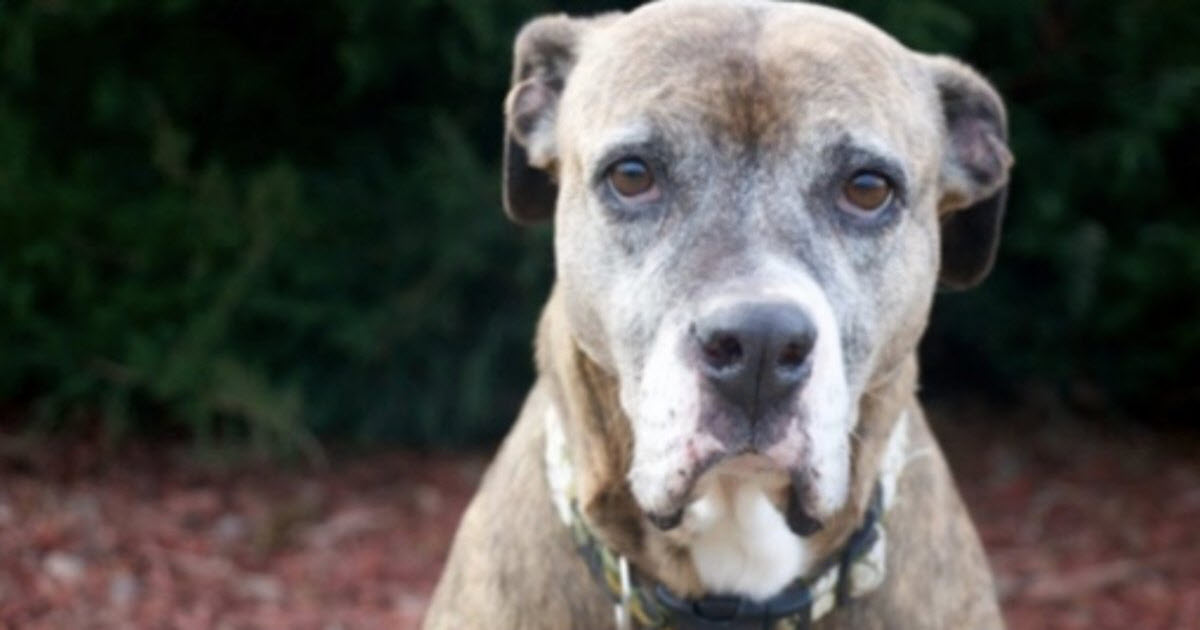
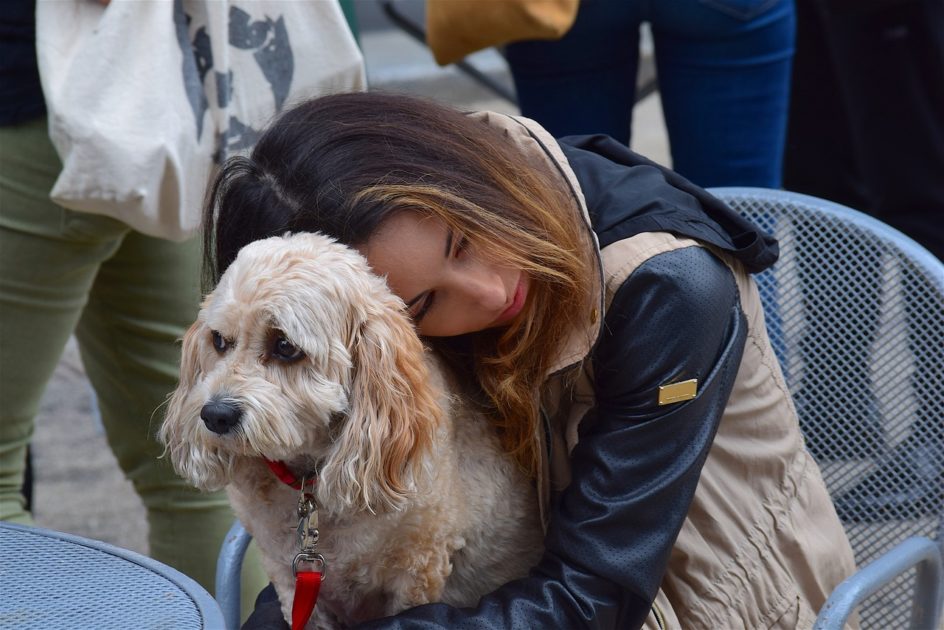
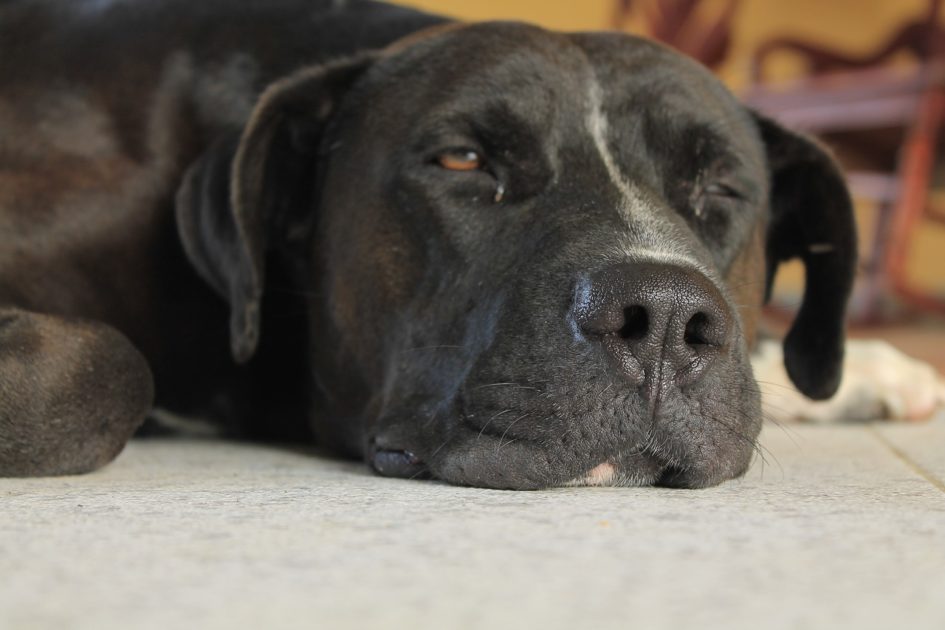

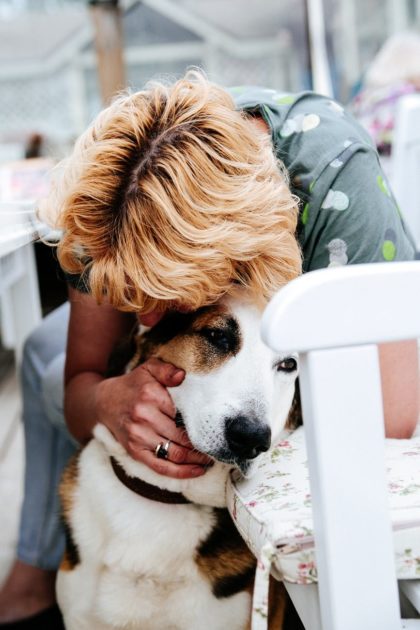





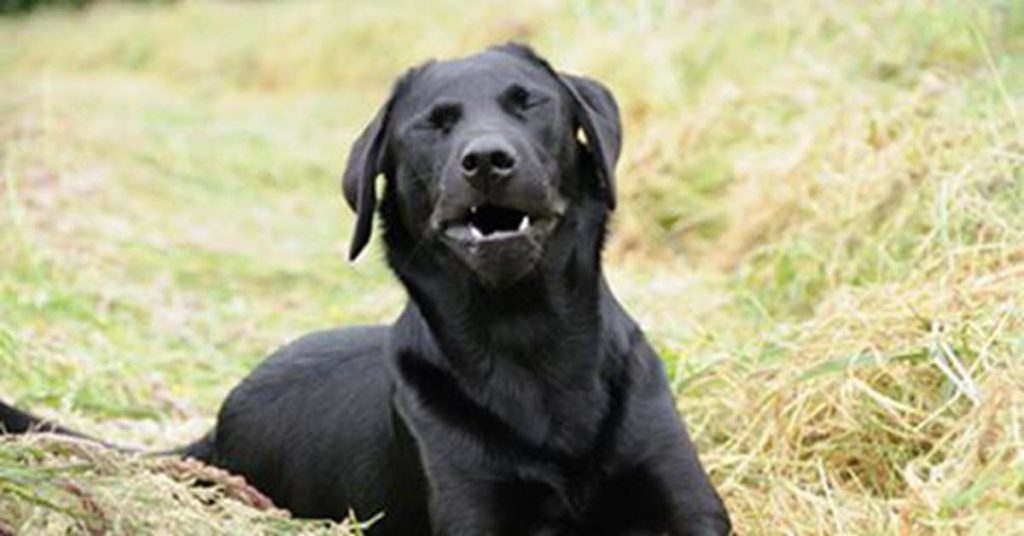
 VIA
VIA 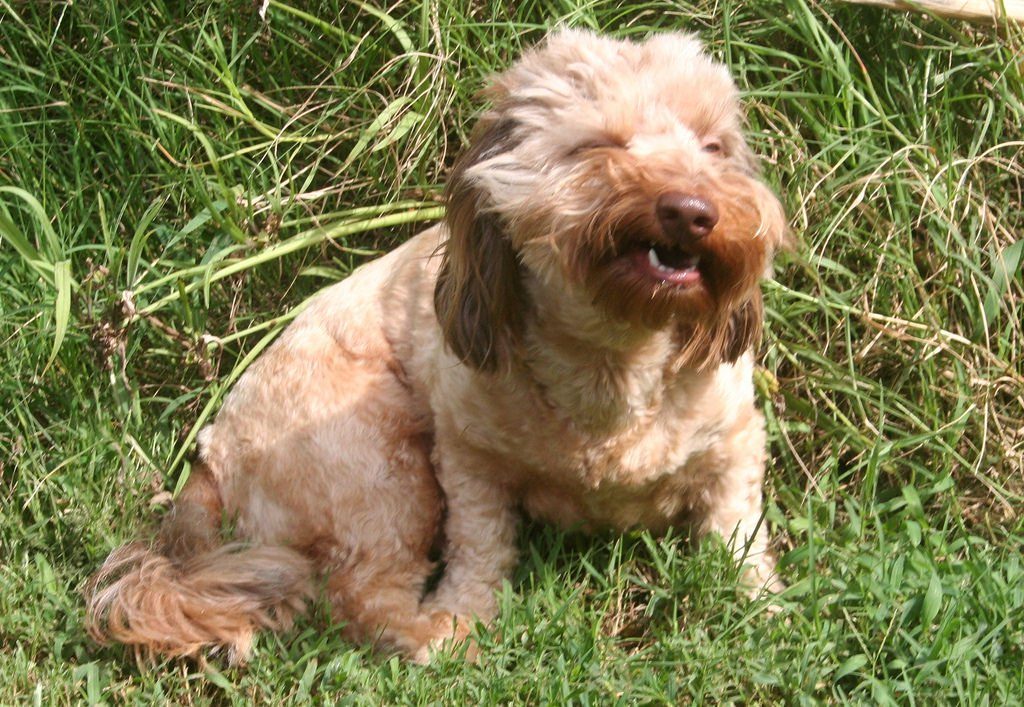 VIA
VIA 